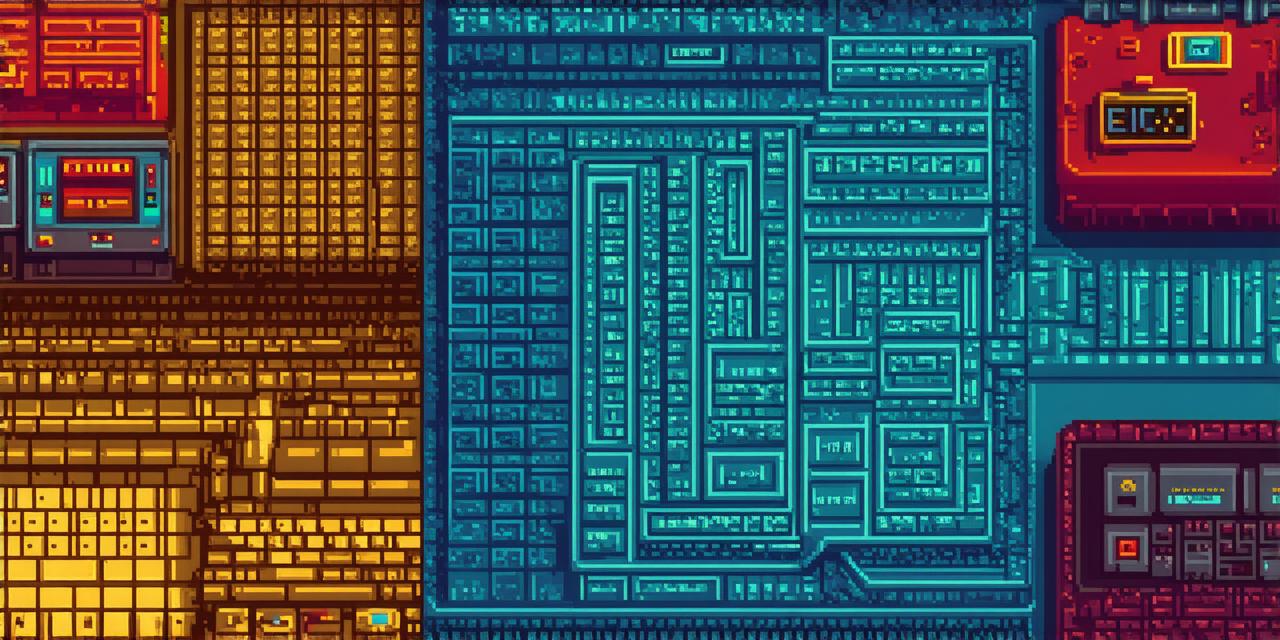Introduction
Video game graphics have come a long way since the early days of gaming. With advances in technology, we can now experience games with stunning visuals that were once unimaginable. However, despite these advancements, video game graphics are getting worse, and it’s time to take a closer look at why this is happening. In this article, we will explore the reasons behind this phenomenon and discuss what we can do to improve the situation.
Why Video Game Graphics Are Getting Worse
There are several reasons why video game graphics are getting worse. The first reason is due to the increasing complexity of games. Games today require a lot more resources than they used to, including processing power, memory, and storage space. This means that developers have to cut corners to ensure that their games run smoothly on all platforms. One way this has been done is by reducing the resolution of graphics.
Another reason for the decline in video game graphics is due to the rise of mobile gaming. Mobile devices have limited processing power and memory, which means that developers can’t use as many resources as they would like when creating games. This results in lower-quality graphics than what we see on consoles and PCs.

Finally, the increasing popularity of streaming services has also contributed to the decline in video game graphics. Streaming requires a lot of bandwidth and processing power, which means that developers have to optimize their games for these platforms. This can result in compromised visual quality.
The Impact on Game Development
The decline in video game graphics has had a significant impact on game development. Developers now have to make difficult decisions about what features they can include in their games. For example, if a developer wants to use advanced lighting effects or complex textures, they may need to reduce the resolution of other elements in the game.
This can be particularly problematic for indie developers who have limited resources and budgets. They may not have the financial means to invest in top-of-the-line graphics technology, which means that their games will always look inferior to those developed by larger studios.
The Future of Video Game Graphics
Despite the challenges facing video game graphics, there are a few promising developments on the horizon. One area where we may see significant improvements is in ray tracing technology. Ray tracing uses light to create highly realistic and detailed environments in games. While it requires a lot of processing power, advances in technology mean that it’s becoming more feasible for developers to implement this technology in their games.
Another area where we may see improvements is in virtual reality (VR) graphics. VR technology allows players to experience games in 3D environments with incredibly high levels of detail. This could lead to a new generation of games that are even more immersive and realistic than what we’ve seen before.
Conclusion
The decline in video game graphics is a concerning development, but there are steps that can be taken to address this issue. Developers need to work together to find innovative solutions to the challenges they face when creating games with high-quality visuals. Players also have a role to play by demanding better from developers and supporting indie studios who are pushing the boundaries of what’s possible in gaming. By working together, we can ensure that video game graphics continue to improve and remain a driving force behind the growth of this exciting industry.
FAQs
1. What is ray tracing technology?
Ray tracing technology uses light to create highly realistic and detailed environments in games. It requires a lot of processing power but is becoming more feasible for developers to implement.
2. How is mobile gaming affecting video game graphics?
Mobile devices have limited processing power and memory, which means that developers can’t use as many resources as they would like when creating games. This results in lower-quality graphics than what we see on consoles and PCs.
3. What are some promising developments in the future of video game graphics?
Ray tracing technology has the potential to create highly realistic and detailed environments in games. Virtual reality (VR) technology also allows players to experience games in 3D environments with incredibly high levels of detail, which could lead to a new generation of immersive games.
